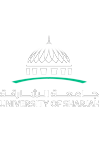Radio Astronomy Laboratory
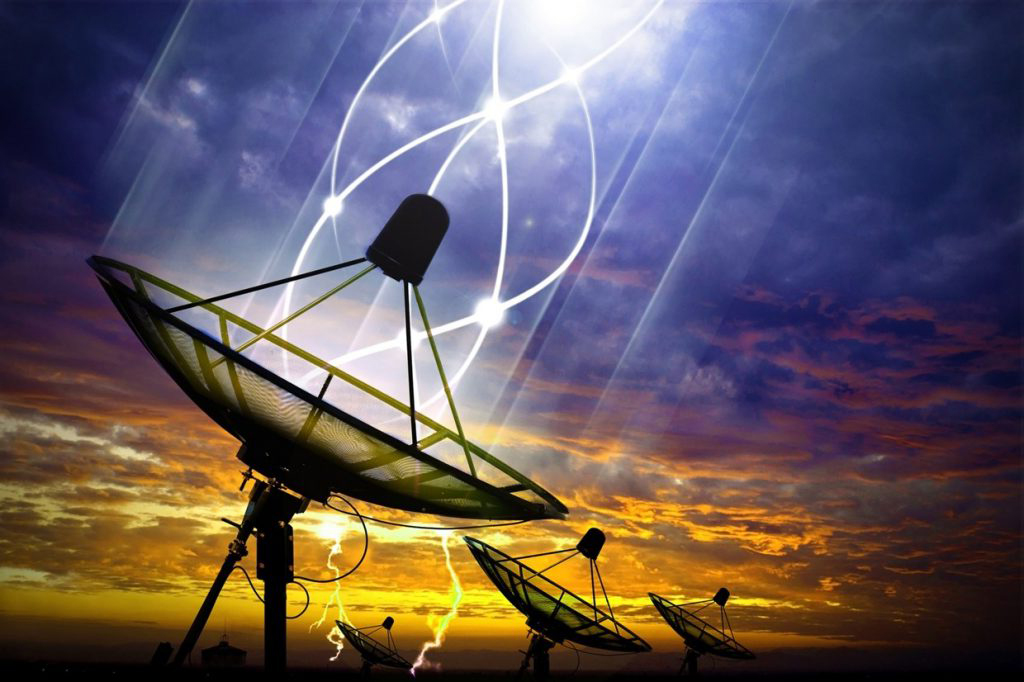
About
The radio astronomy lab was established in 2016 and has been welcoming the public, graduates, undergraduates and high school students for hands-on experience with radio telescopes, here, in Sharjah Academy for Astronomy, Space Sciences and Technology (SAASST). We are a group of dedicated researchers and students specialized in different fields of Sciences and Engineering who study the universe through the radio lens. The main objective of the Radio Astronomy Laboratory is to construct radio telescopes and observe the universe through them. The Academy provides a professional environment for future generations of radio astronomers.
Look at the sky with new pairs of eyes
Main Research Objectives
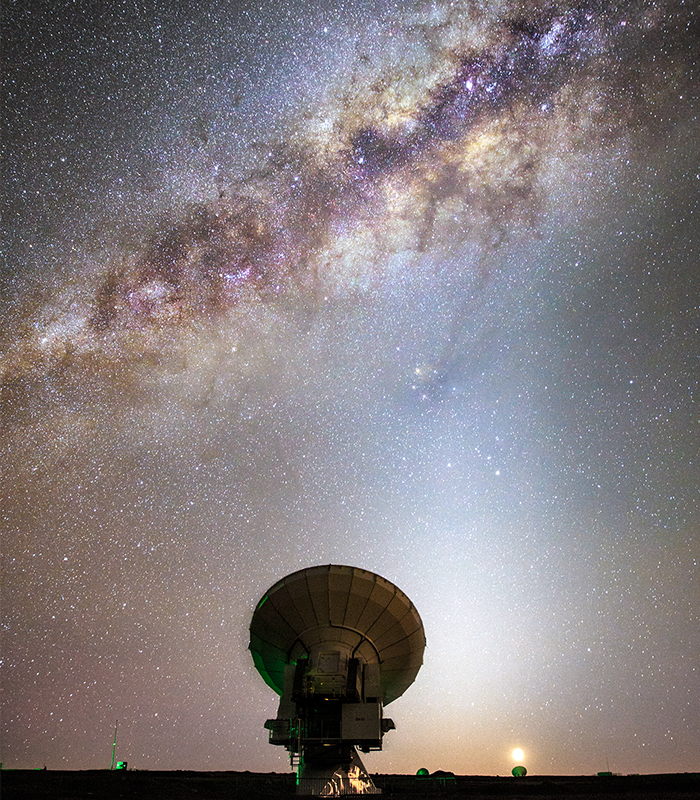

Target

Connect
Establish collaborations with radio astronomers across the globe.
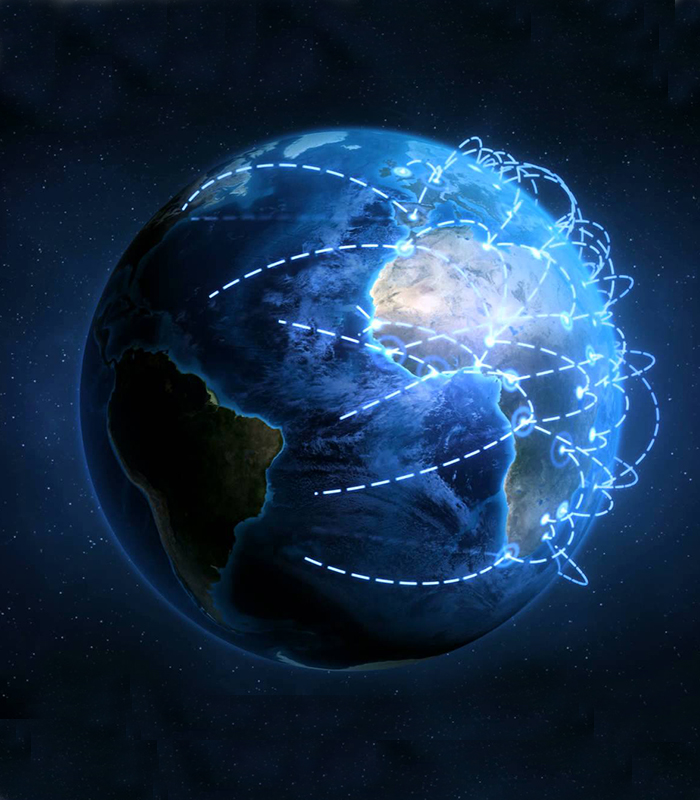
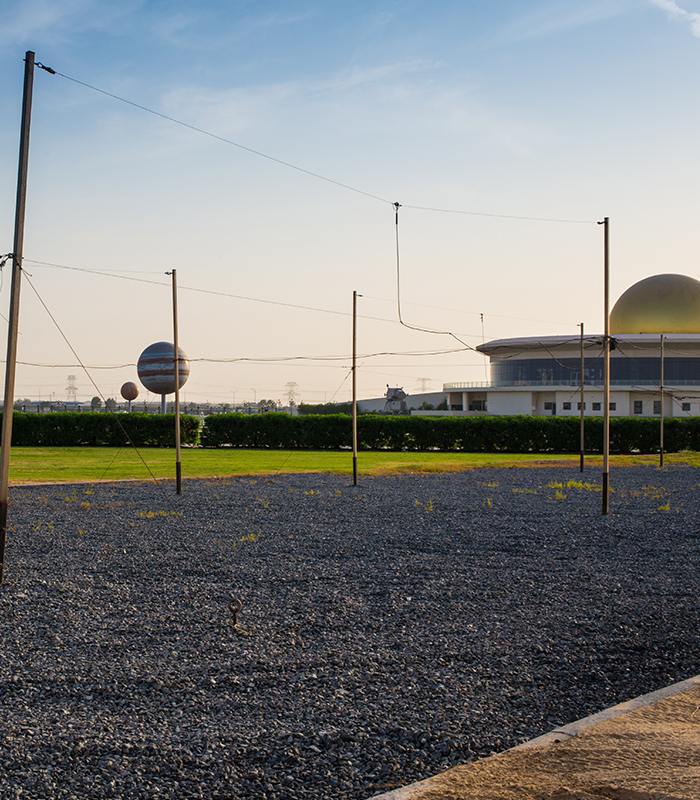

Reach
Expand the horizons of radio astronomy to schools and colleges.

Build
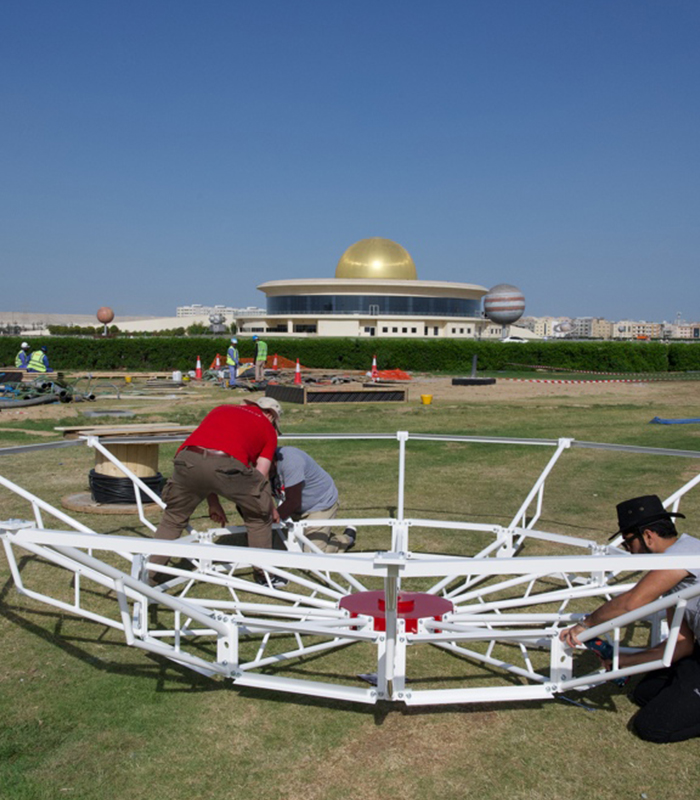
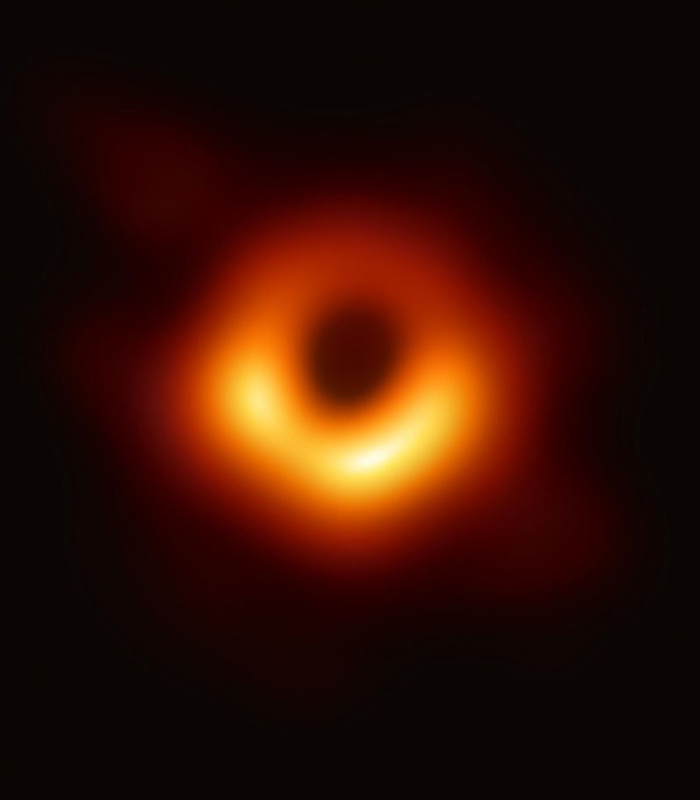

Educate
Establish a radio astronomy program at the University of Sharjah and Sharjah Academy for Astronomy, Space Sciences, and Technology.
Carl Sagan
Edwin Hubble
Arthur Eddington
Isaac Newton
Ruby Payne-Scott
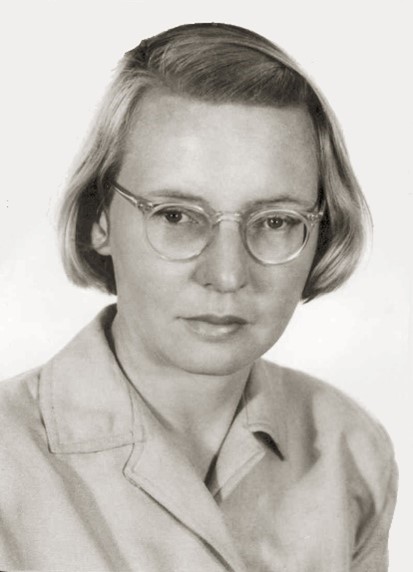
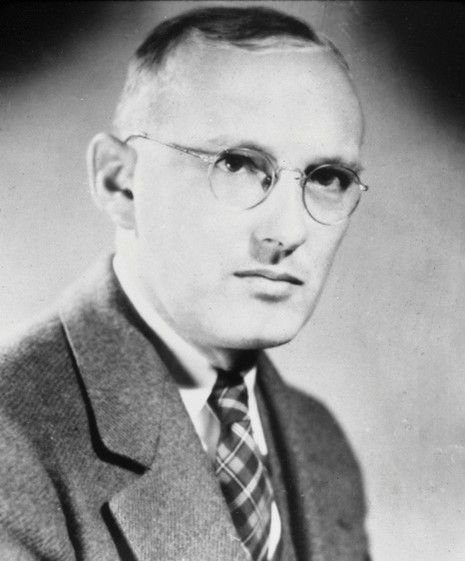
Karl Jansky
Our Projects
Decametric Radio Telescope
The SAASST Decametric Radio Telescope Array Project, funded by the UAE Space Agency, consists of dipole antennas connected in different configurations to perform radio observations of the Sun, Jupiter, and the background radiation of the Milky Way. All these observations are performed in the decametric range at the frequency 20.1 MHz.
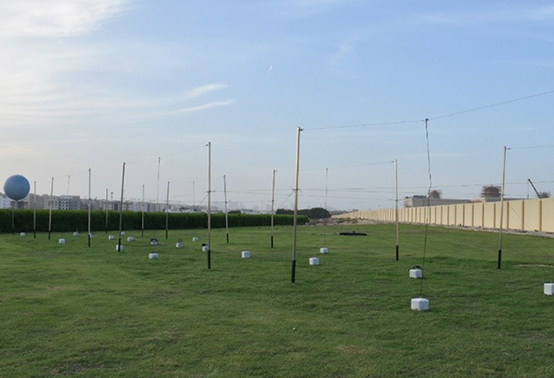
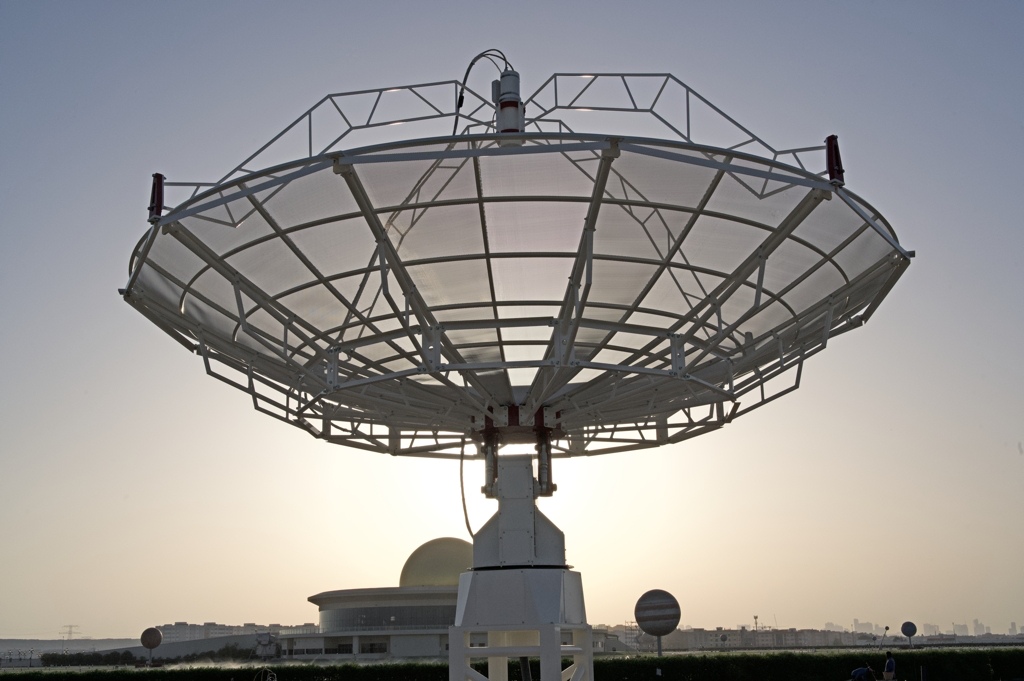
40-m Radio Interferometer
The radio interferometer consists of three 5-m SPIDER 500A telescopes. The system is in the final phase with the three 5-m telescopes installed and fully operational. The system operates at the frequency of the neutral Hydrogen line, 1420 MHz. The interferometer will simulate the resolution of a 40-m radio telescope, 0.36 degrees.


